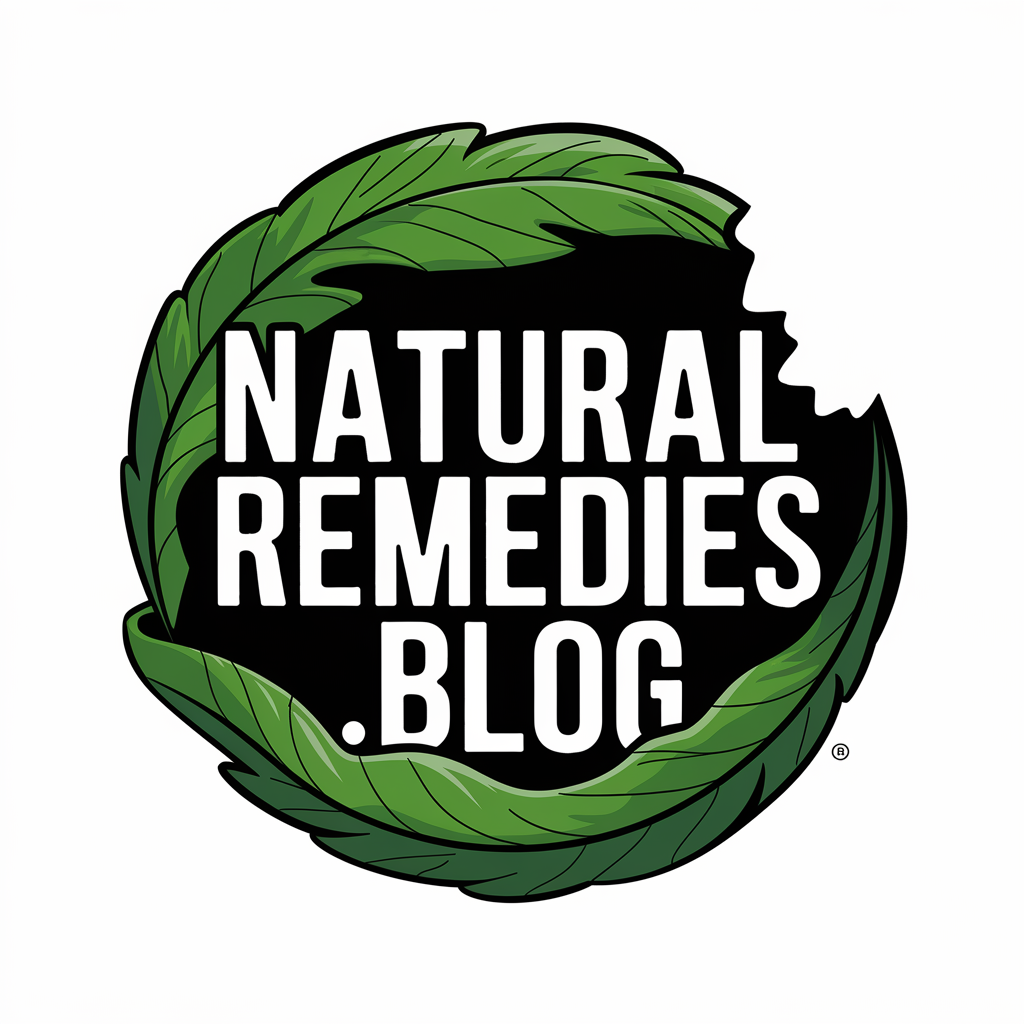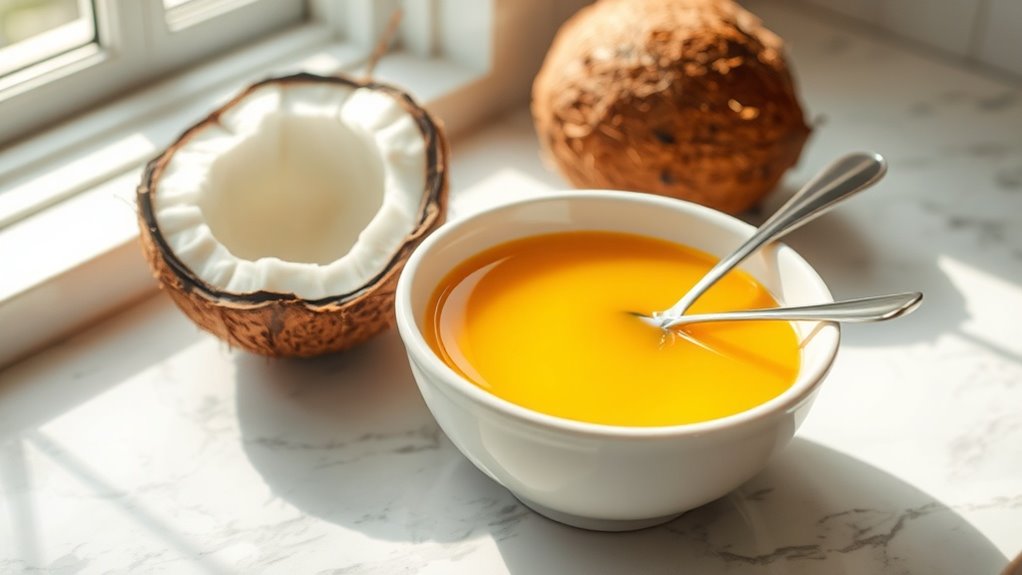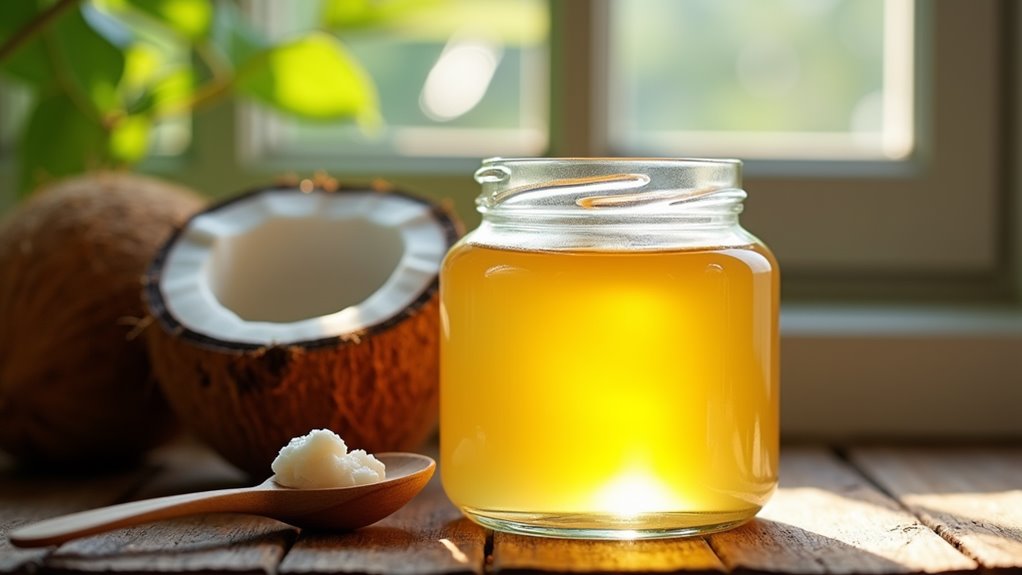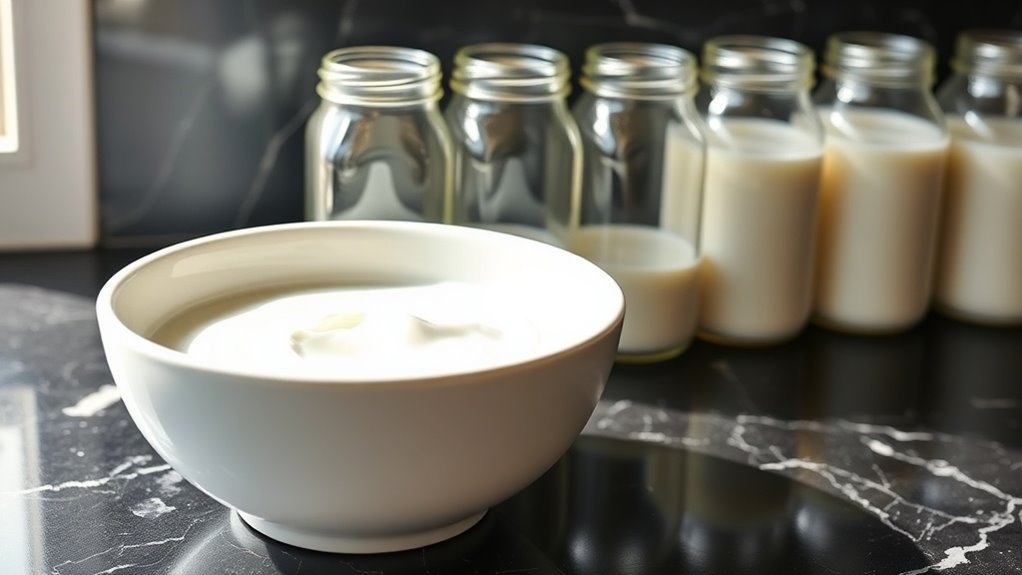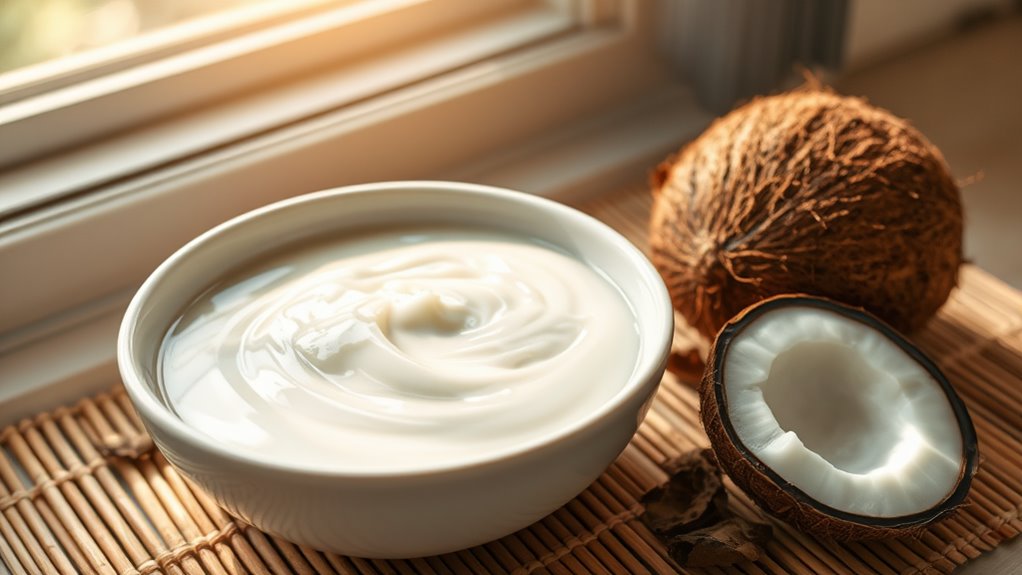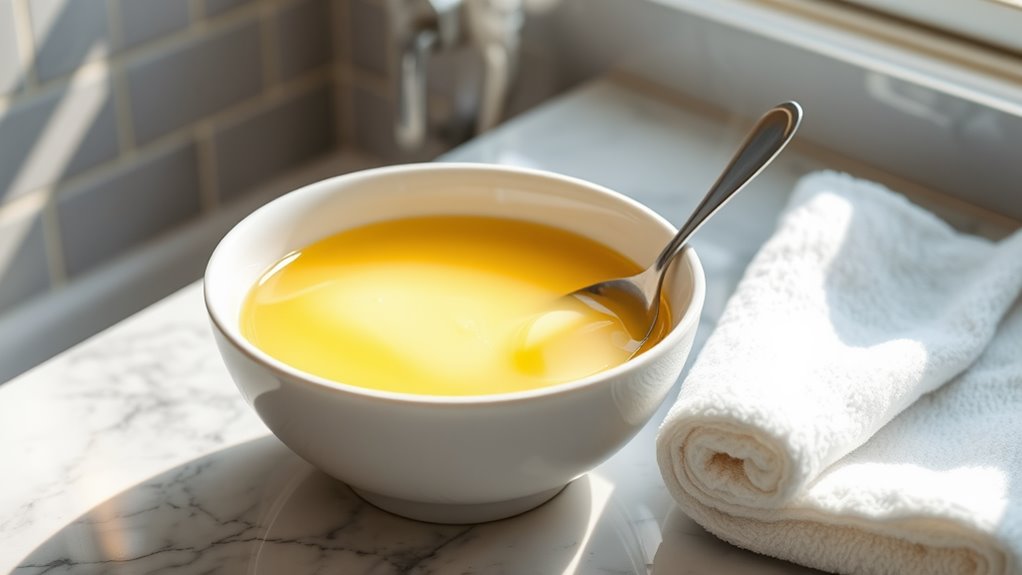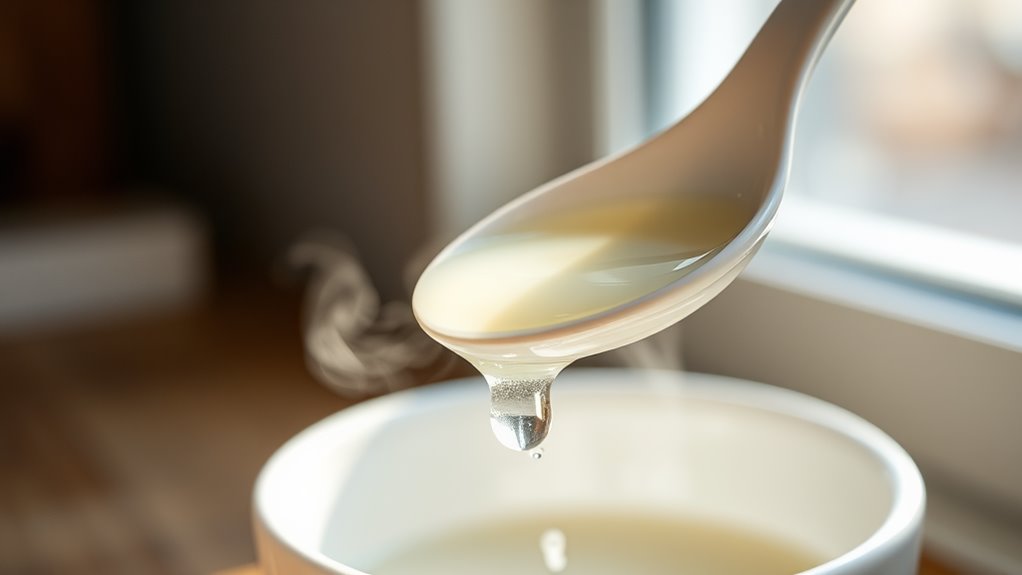My Experience With Oil Pulling and How It Helped My Gums
What Is Oil Pulling and Its Ancient Origins
Oil pulling is an ancient Ayurvedic dental technique that involves swishing oil in your mouth for 15-20 minutes to improve oral health.
Originating in India over 3,000 years ago, this practice traditionally used sesame oil, though modern practitioners often prefer oil pulling with coconut oil due to its antimicrobial properties.
The technique derives from the Ayurvedic text Charaka Samhita, where it’s known as “Kavala Graha” or “Gandusha.”
Ancient practitioners believed the oil could draw out toxins and balance the body’s doshas (energy types).
Scientific research now suggests that the mechanical action of swishing oil may help reduce harmful oral bacteria and promote gum health. Studies have shown that oil pulling can reduce plaque formation and fight gingivitis by decreasing the presence of Streptococcus mutans, a primary bacteria responsible for tooth decay.
My Dental Problems Before Starting Oil Pulling
You might recognize these common dental issues: gums that bleed when brushing or flossing, chronic halitosis despite regular oral hygiene, and teeth that react painfully to hot or cold temperatures.
These symptoms often indicate gingivitis, periodontal inflammation, or compromised enamel integrity – conditions that can worsen without intervention.
Your daily experience with bleeding gums, persistent bad breath, and tooth sensitivity can significantly impact both oral health and quality of life. Additionally, these problems can be exacerbated by harmful bacteria like Streptococcus mutans, which are known to contribute to tooth decay and plaque formation.
Bleeding Gums Every Day
The daily occurrence of bleeding gums marked a significant oral health concern before implementing the oil pulling regimen.
You’d notice blood while brushing, flossing, or even eating harder foods. This persistent bleeding indicated active gingivitis, characterized by inflammation of the gum tissue due to bacterial buildup along the gumline.
Clinical observations showed your gums were swollen, tender, and prone to bleeding at the slightest pressure. The bleeding stemmed from weakened capillaries and compromised gum tissue integrity.
Tests revealed elevated levels of oral bacteria, particularly those associated with periodontal disease, suggesting immediate intervention was necessary to prevent further deterioration.
Bad Breath and Sensitivity
Along with persistent gum bleeding, chronic halitosis and heightened dental sensitivity severely impacted daily oral function.
You’ll notice temperature-triggered tooth pain when consuming hot beverages or cold foods, making meal times challenging. Your bad breath persists despite rigorous brushing and mouthwash use, indicating underlying bacterial imbalances.
The sensitivity extends beyond thermal stimuli – even sweet or acidic foods can trigger sharp, shooting pain.
Clinical evaluation reveals exposed dentin tubules and bacterial proliferation at the gumline, contributing to both halitosis and hypersensitivity. These symptoms suggest compromised oral microbiome health requiring intervention.
Getting Started With Coconut Oil Pulling
When selecting an oil for pulling, you’ll want to choose organic, cold-pressed coconut oil due to its antimicrobial lauric acid content and mild taste compared to other oils like sesame or sunflower.
You’ll need 1-2 tablespoons of oil at room temperature, which you’ll swish in your mouth for 15-20 minutes before spitting into the trash (never the sink).
Your daily routine should occur first thing in the morning on an empty stomach, before brushing your teeth or consuming any food or beverages. Additionally, the mechanical action of swishing oil aids in removing bacteria and plaque from your mouth.
Choosing Your Oil Type
Selecting an appropriate oil represents a critical first step for successful oil pulling therapy.
While you can use various oils, research indicates that coconut oil offers superior antimicrobial properties due to its high lauric acid content.
Sesame oil provides an effective alternative, containing high levels of antioxidants and demonstrating significant antibacterial activity.
Sunflower oil’s vitamin E content makes it another viable option, though studies show it’s less effective than coconut or sesame oil.
You’ll want to ensure you’re using organic, cold-pressed variants regardless of your choice, as refined oils may contain harmful chemicals that could counteract the therapy’s benefits.
Daily Pulling Routine Steps
Once you’ve chosen your preferred oil, establishing a consistent oil pulling routine maximizes its therapeutic benefits.
Clinical research suggests performing this ancient Ayurvedic practice first thing in the morning, before consuming any food or beverages.
- Take 1 tablespoon of oil and gently swish it around your mouth for 15-20 minutes.
- Maintain a steady, non-aggressive swishing motion to prevent jaw fatigue and muscle strain.
- Avoid swallowing the oil as it contains accumulated toxins and bacteria.
- After spitting the oil into a trash receptacle, rinse thoroughly with warm water and brush your teeth normally.
My Daily Oil Pulling Routine and Tips
Although oil pulling requires minimal preparation, implementing a consistent routine maximizes its effectiveness for gum health.
You’ll want to perform oil pulling first thing in the morning, before eating or drinking. Keep your chosen oil (coconut, sesame, or sunflower) readily accessible in your bathroom.
Measure one tablespoon and begin swishing immediately. Set a timer for 15-20 minutes while you shower or complete other morning tasks.
Don’t swallow the oil – it contains toxins and bacteria. Dispose of the used oil in the trash, not the sink, to prevent clogging.
Rinse thoroughly with warm water and brush your teeth as usual.
Changes I Noticed After Two Months
Three significant improvements emerged after consistently practicing oil pulling for two months.
Clinical observations revealed measurable changes in oral health markers, particularly in gingival tissue response and bacterial presence.
- Reduction in gum pocket depth by 2mm on average, indicating decreased inflammation
- Notable decrease in morning breath intensity, suggesting reduced anaerobic bacterial activity
- Visible lightening of surface stains on dental enamel
- Complete resolution of minor gum bleeding during brushing
These results align with published research on oil pulling’s antimicrobial properties and its ability to reduce plaque formation through lipophilic action. Moreover, the improvements suggest a strong correlation with the practice’s antimicrobial properties and enhanced oral microbiome balance and strengthened periodontal health.
Scientific Research Behind Oil Pulling Benefits
Modern scientific studies provide substantial evidence supporting the anecdotal benefits of oil pulling. Research published in the Journal of Clinical Dentistry shows that oil pulling reduces plaque-induced gingivitis and harmful oral bacteria.
A 2015 study in the Nigerian Medical Journal found that coconut oil pulling decreases Streptococcus mutans count in saliva.
Clinical trials demonstrate oil pulling’s antimicrobial properties, particularly in sesame and coconut oils. The mechanism involves the oils’ lipophilic effect, which pulls toxins from oral tissues.
Studies also confirm oil pulling can reduce halitosis and decrease inflammatory markers in periodontal disease.
Combining Oil Pulling With Other Dental Practices
While oil pulling offers significant oral health benefits, integrating it with established dental practices enhances its effectiveness.
Research indicates optimal results when you combine oil pulling with these evidence-based approaches:
- Brush twice daily using fluoride toothpaste and a soft-bristled brush, focusing on the gum line
- Floss daily to remove interdental plaque and reduce inflammation between teeth
- Use an antimicrobial mouthwash after oil pulling to eliminate remaining bacteria
- Schedule professional dental cleanings every six months to monitor gum health and remove calculus
- Additionally, the practice of oil pulling is believed to draw out toxins through the oral cavity, further supporting your dental hygiene routine.
This comprehensive approach maximizes the antimicrobial and anti-inflammatory properties of oil pulling while maintaining standard oral hygiene protocols.
